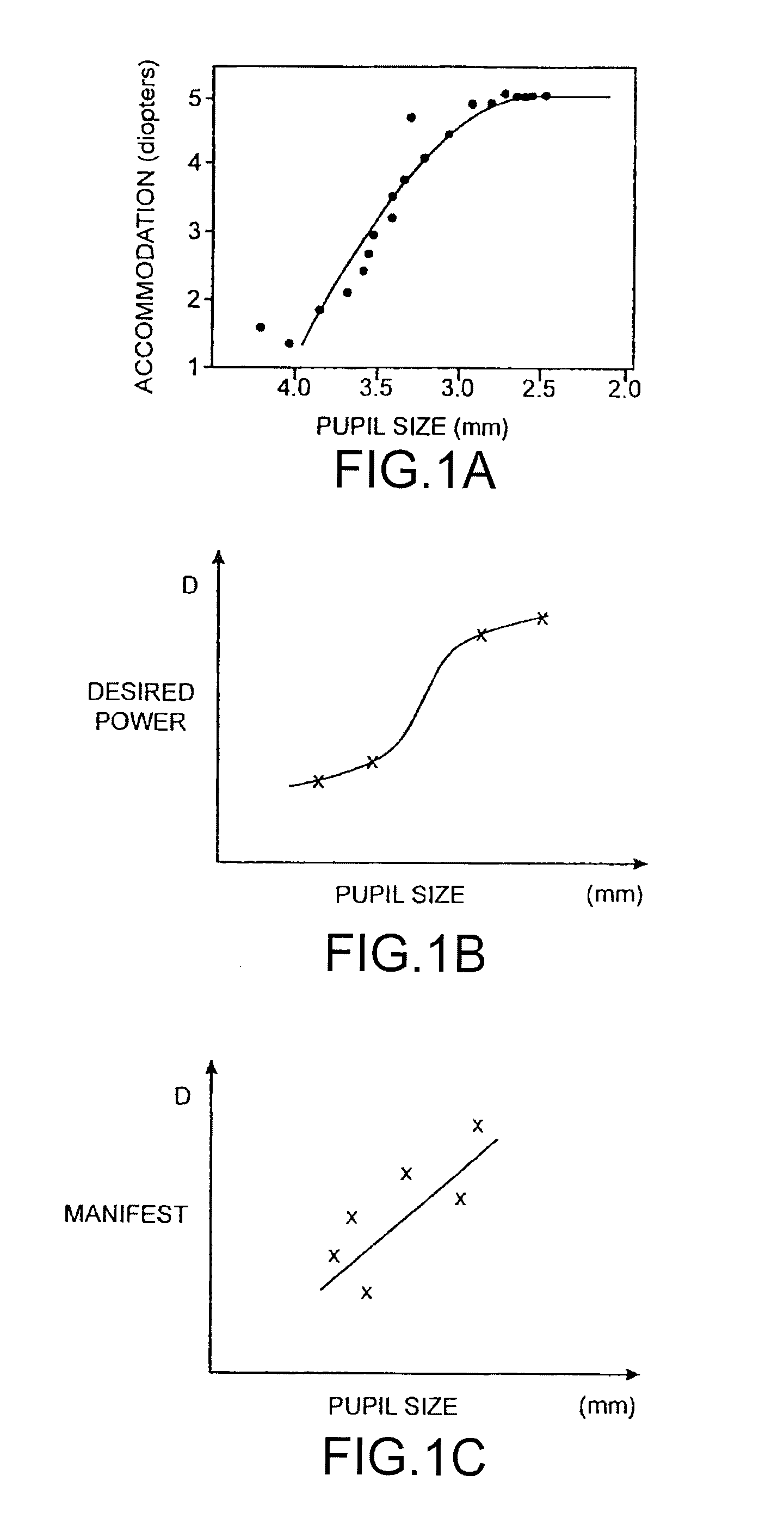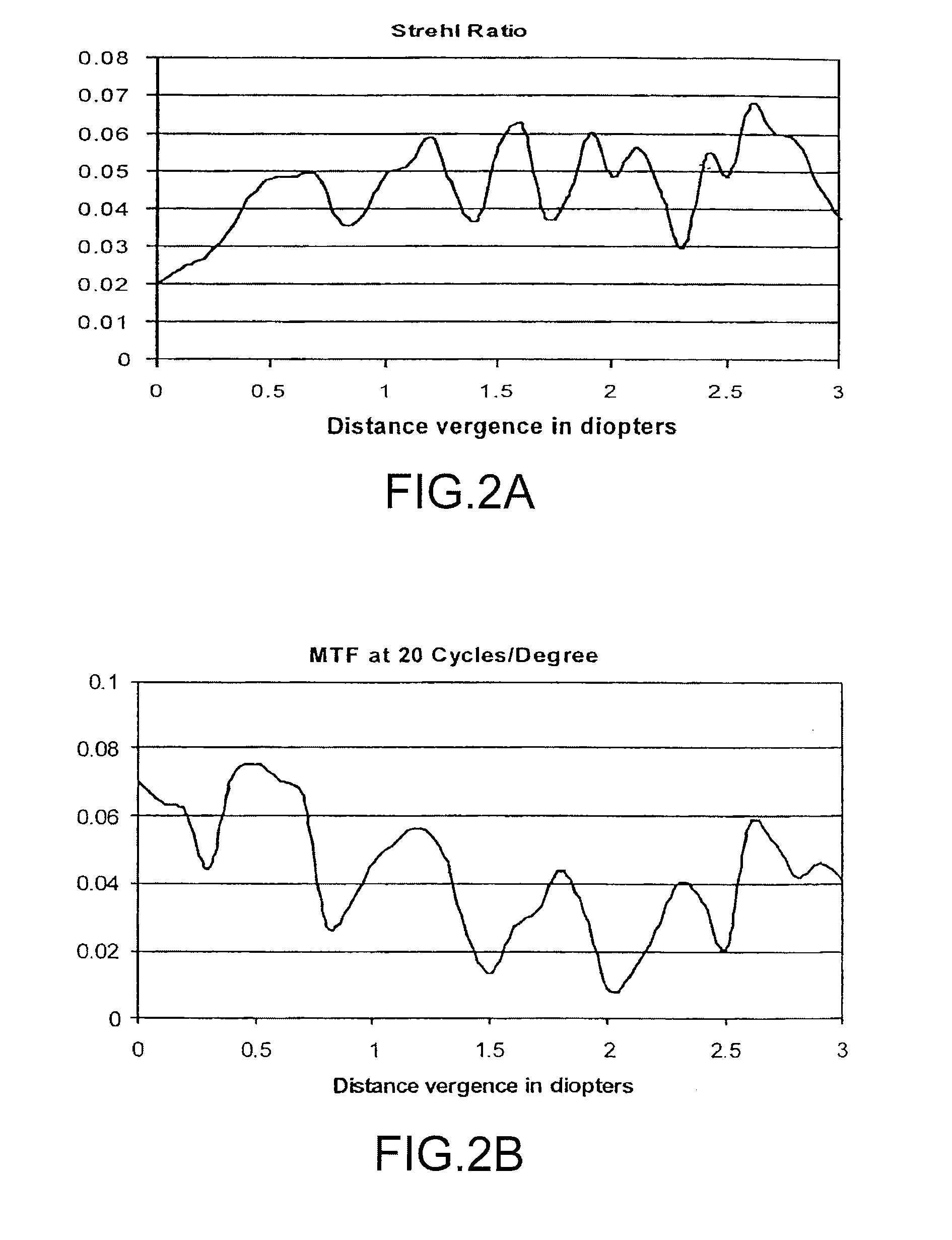Presbyopia correction using patient data
a patient data and presbyopia technology, applied in the field of optical correction, can solve the problems of loss of near-distance focus ability, limited ability to change shape, and loss of elastic properties of crystalline lenses, so as to improve near vision, mitigate or treat presbyopia in a particular, and improve near vision
- Summary
- Abstract
- Description
- Claims
- Application Information
AI Technical Summary
Benefits of technology
Problems solved by technology
Method used
Image
Examples
Embodiment Construction
[0067] Although the methods, devices, and systems of the present invention are described primarily in the context of a laser eye surgery system, it should be understood that the techniques of the present invention may be adapted for use in other eye treatment procedures and systems such as contact lenses, intra-ocular lenses, radial keratotomy, collagenous corneal tissue thermal remodeling, removable corneal lens structures, glass spectacles, and the like.
[0068] The present invention is useful for enhancing the accuracy and efficacy of photorefractive keratectomy (PRK), laser in situ keratomileusis (LASIK), laser assisted epithelium keratomileusis (LASEK), and the like. The present invention can provide enhanced optical correction approaches by improving the methodology for scaling an optical shape, or by generating or deriving new optical shapes, and the like.
[0069] The techniques of the present invention can be readily adapted for use with existing laser systems, including the V...
PUM
 Login to View More
Login to View More Abstract
Description
Claims
Application Information
 Login to View More
Login to View More - R&D
- Intellectual Property
- Life Sciences
- Materials
- Tech Scout
- Unparalleled Data Quality
- Higher Quality Content
- 60% Fewer Hallucinations
Browse by: Latest US Patents, China's latest patents, Technical Efficacy Thesaurus, Application Domain, Technology Topic, Popular Technical Reports.
© 2025 PatSnap. All rights reserved.Legal|Privacy policy|Modern Slavery Act Transparency Statement|Sitemap|About US| Contact US: help@patsnap.com



